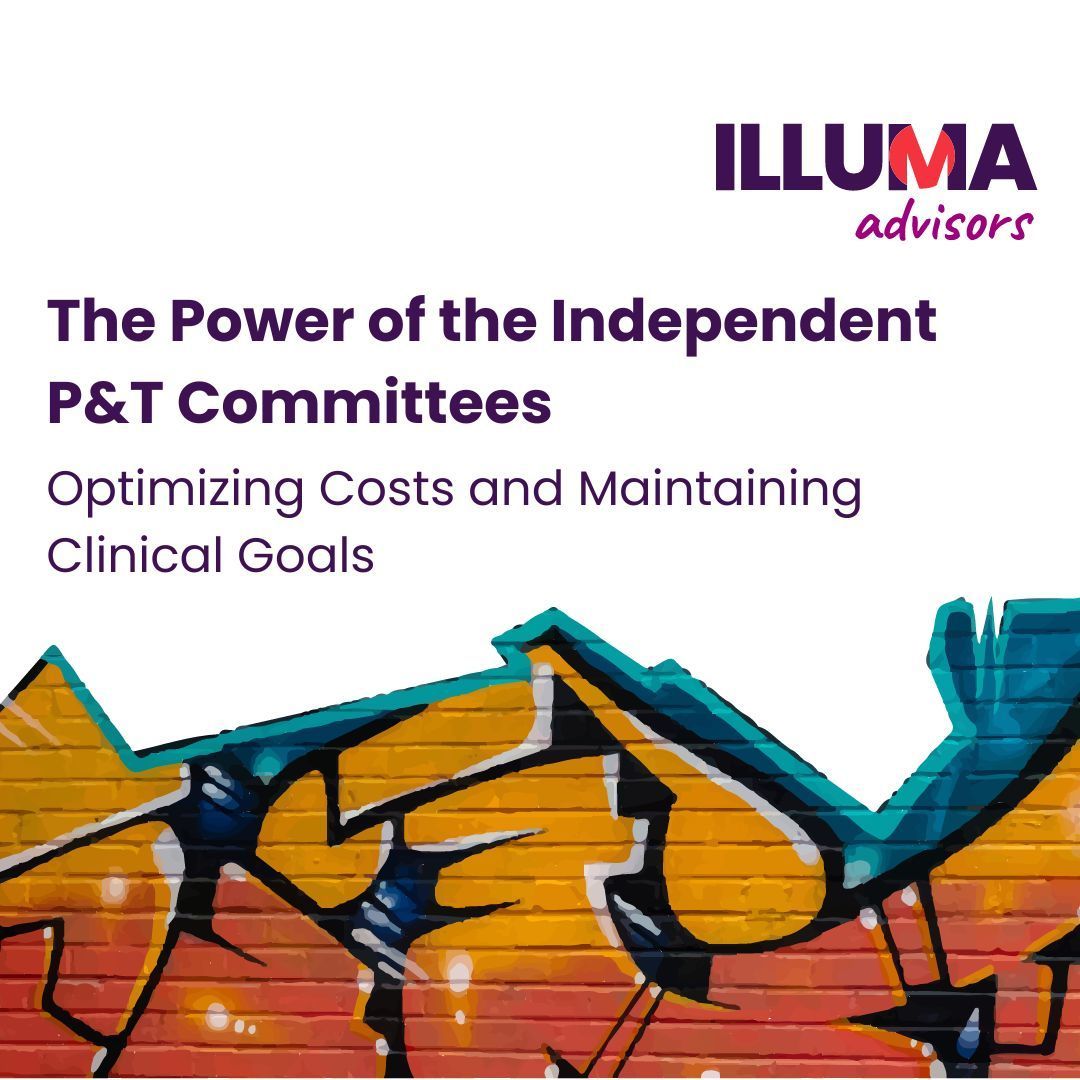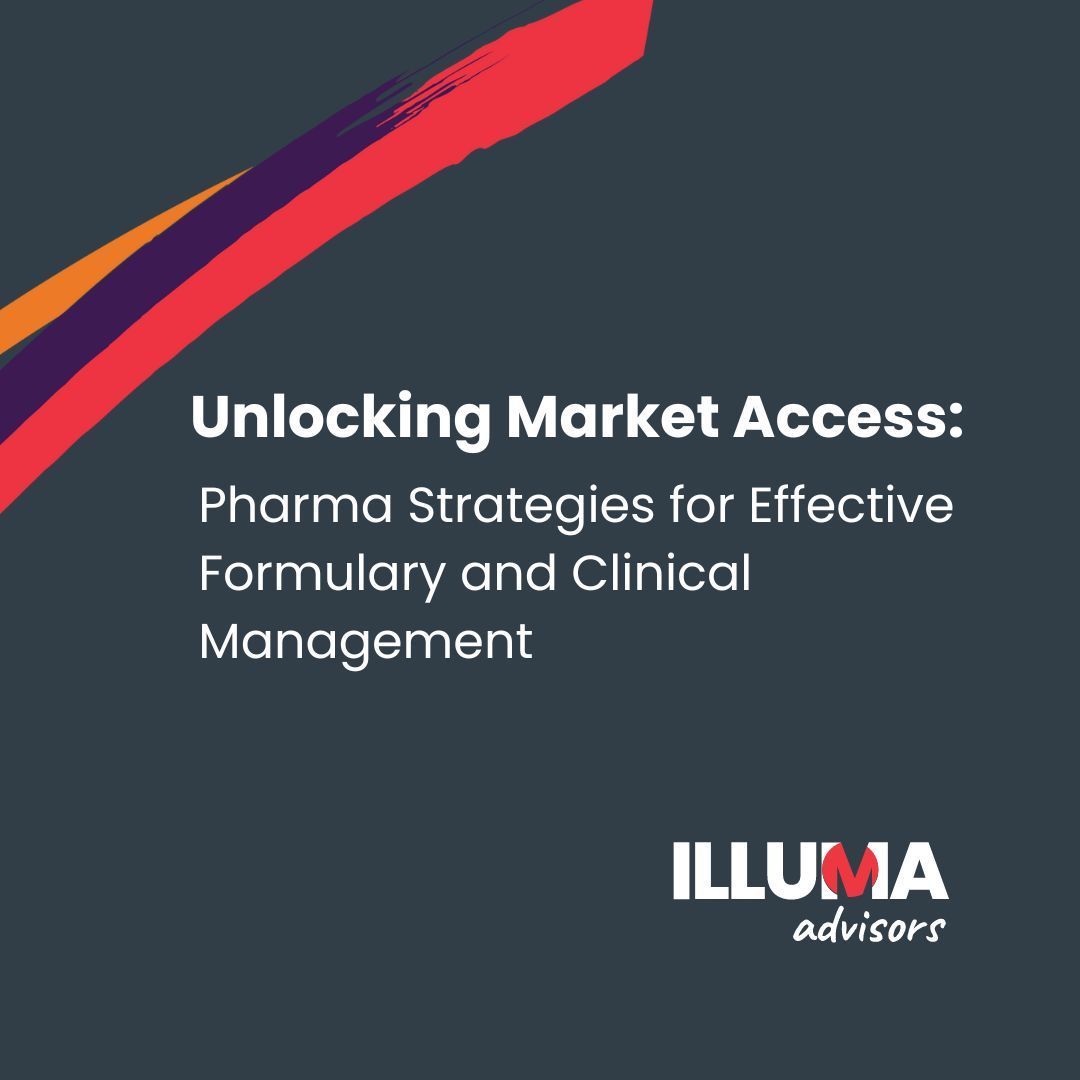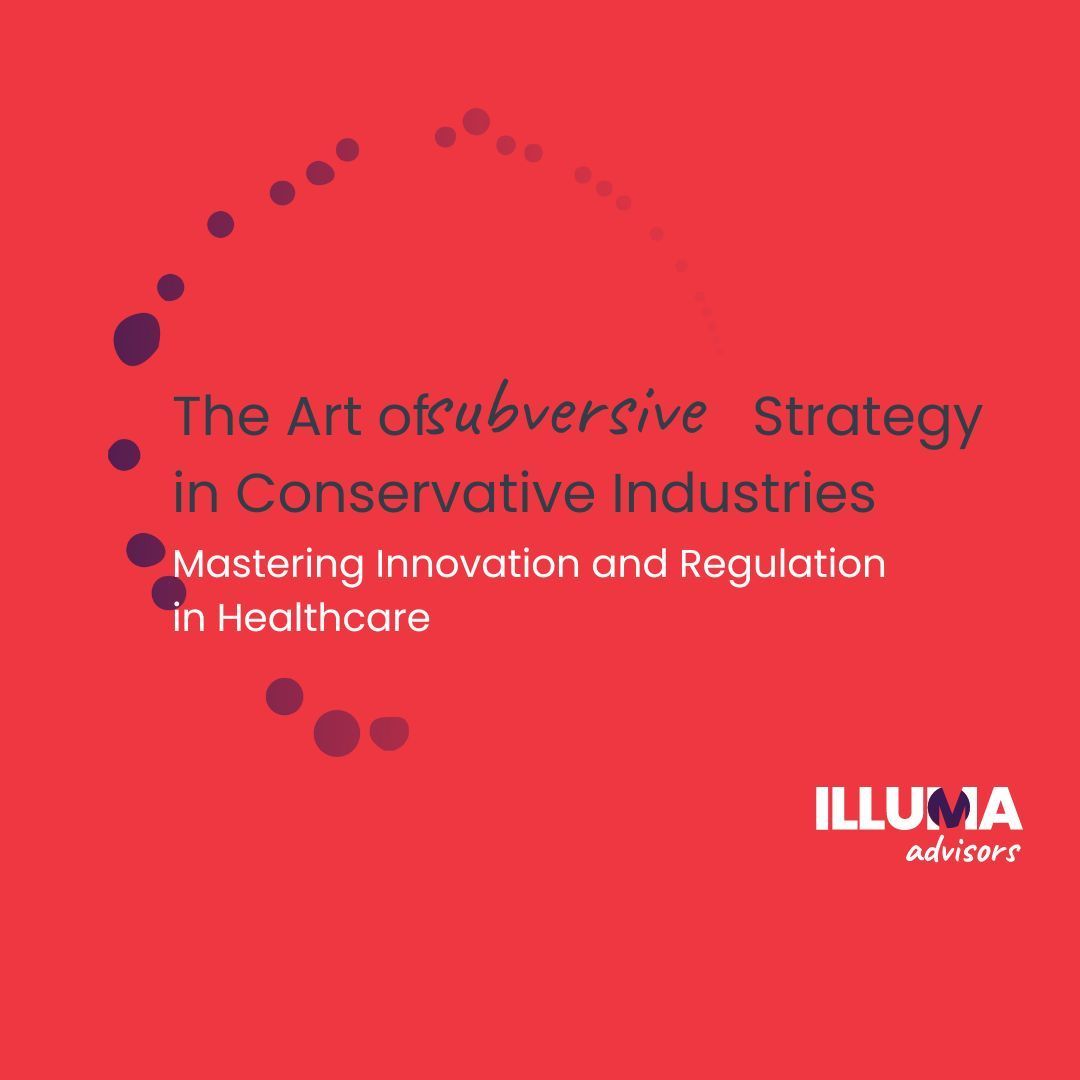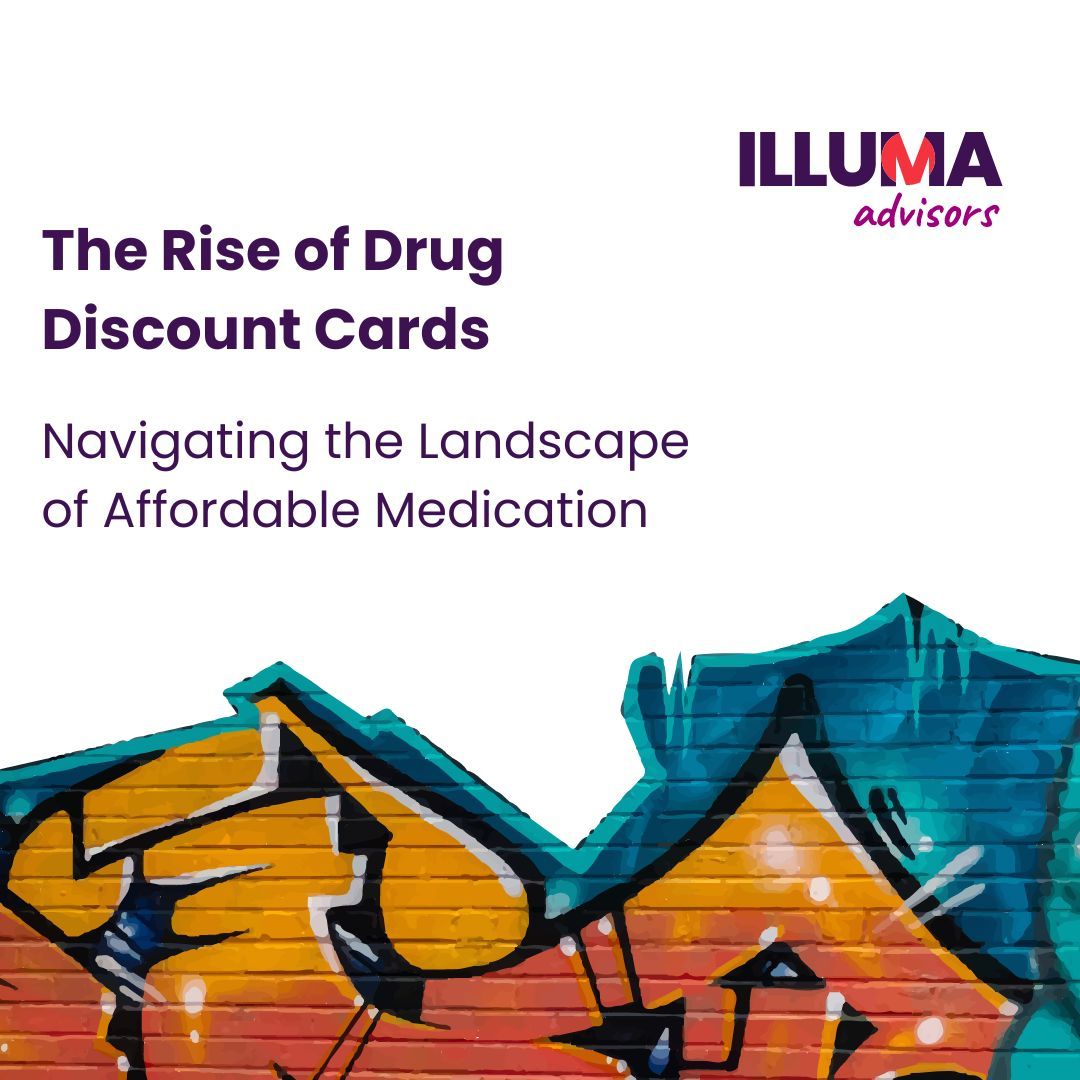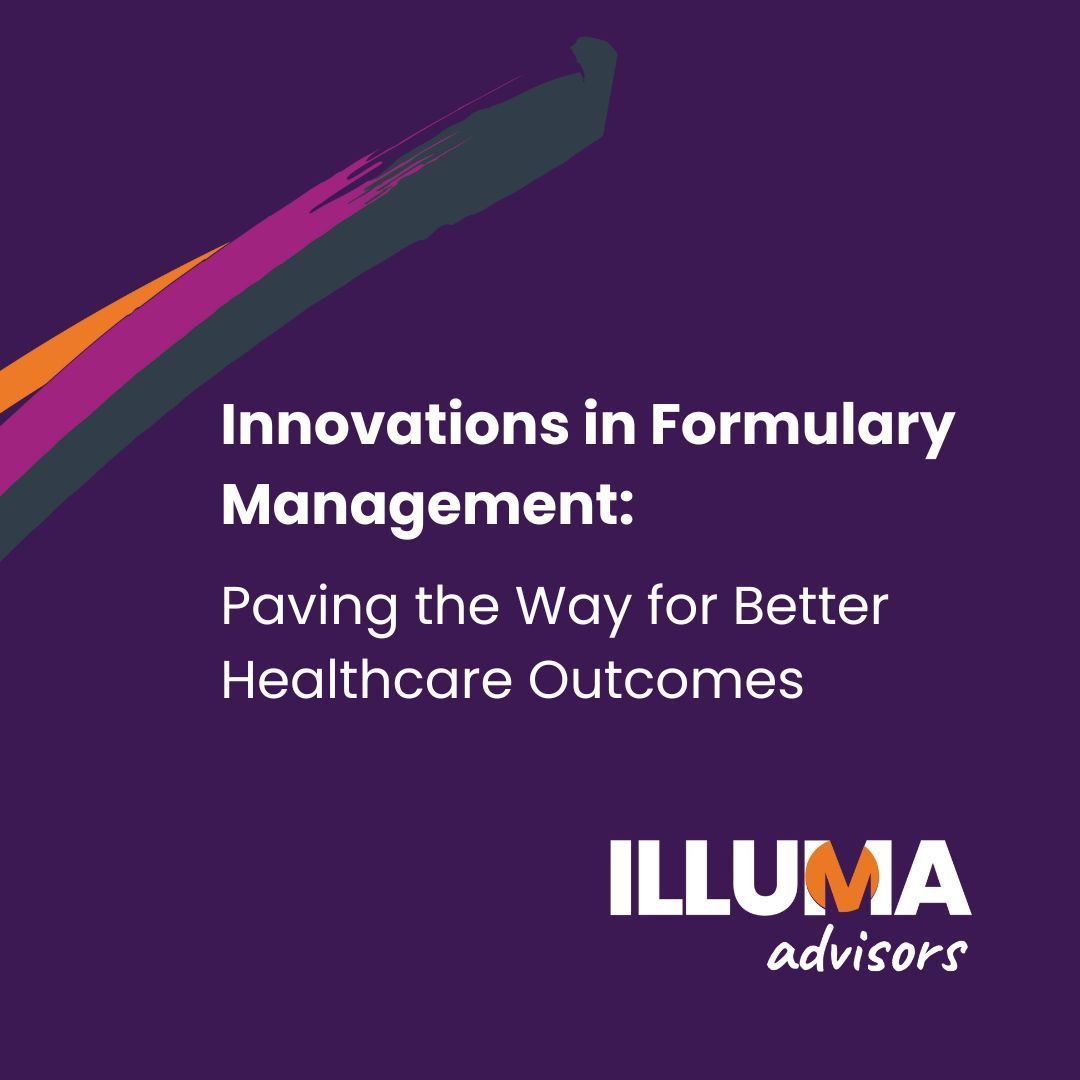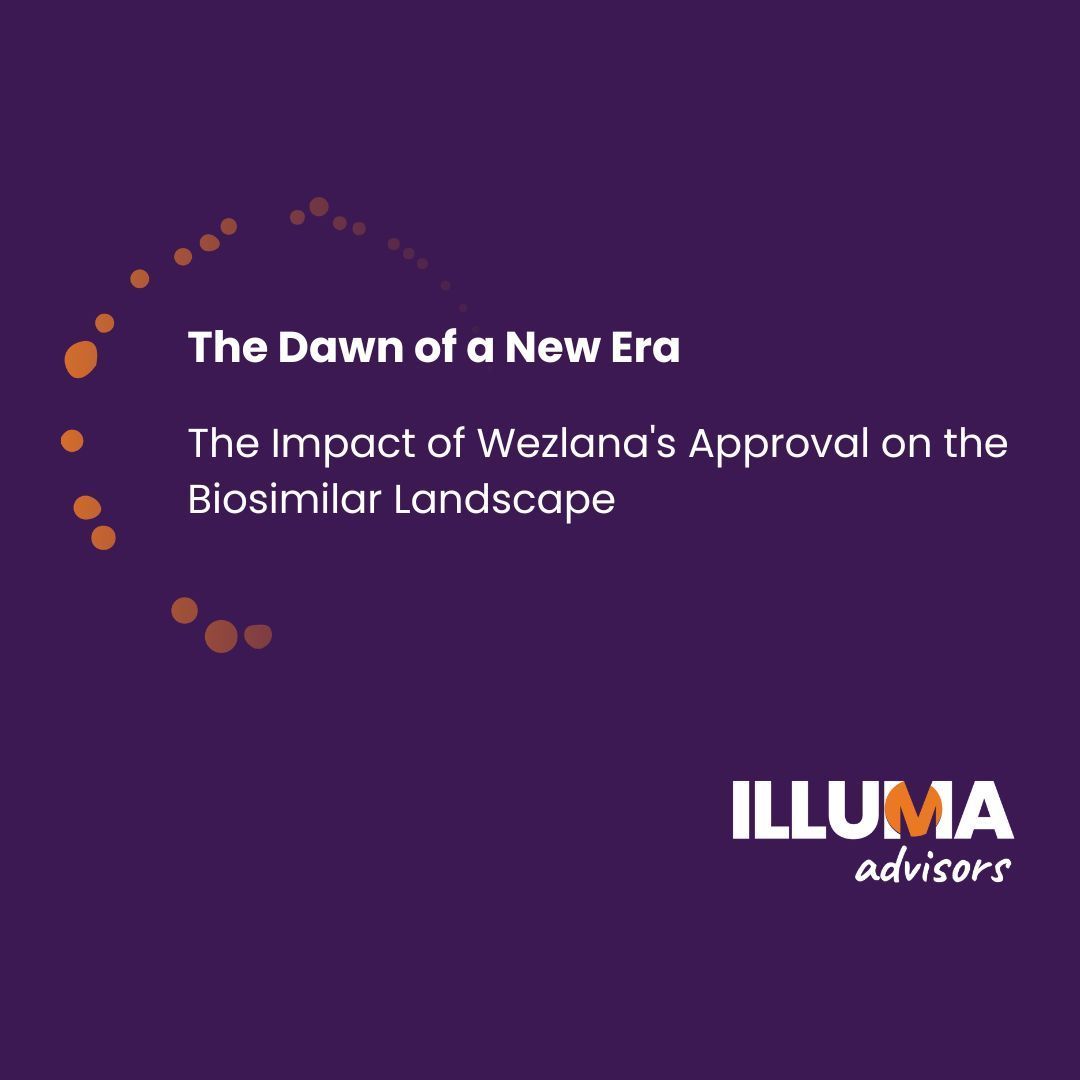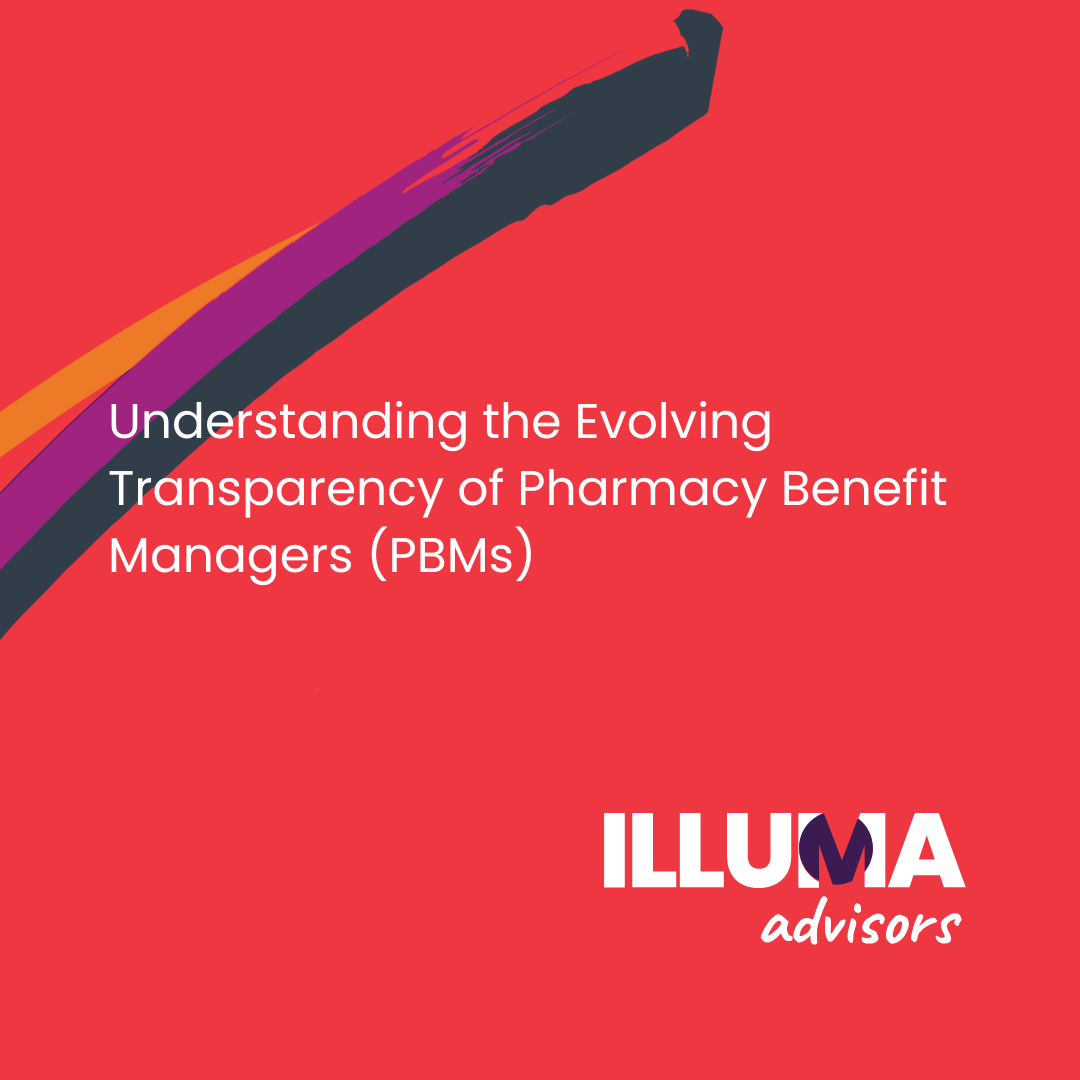New Side Effect Risks in GLP-1 Therapy: Essential Safety Monitoring Practices
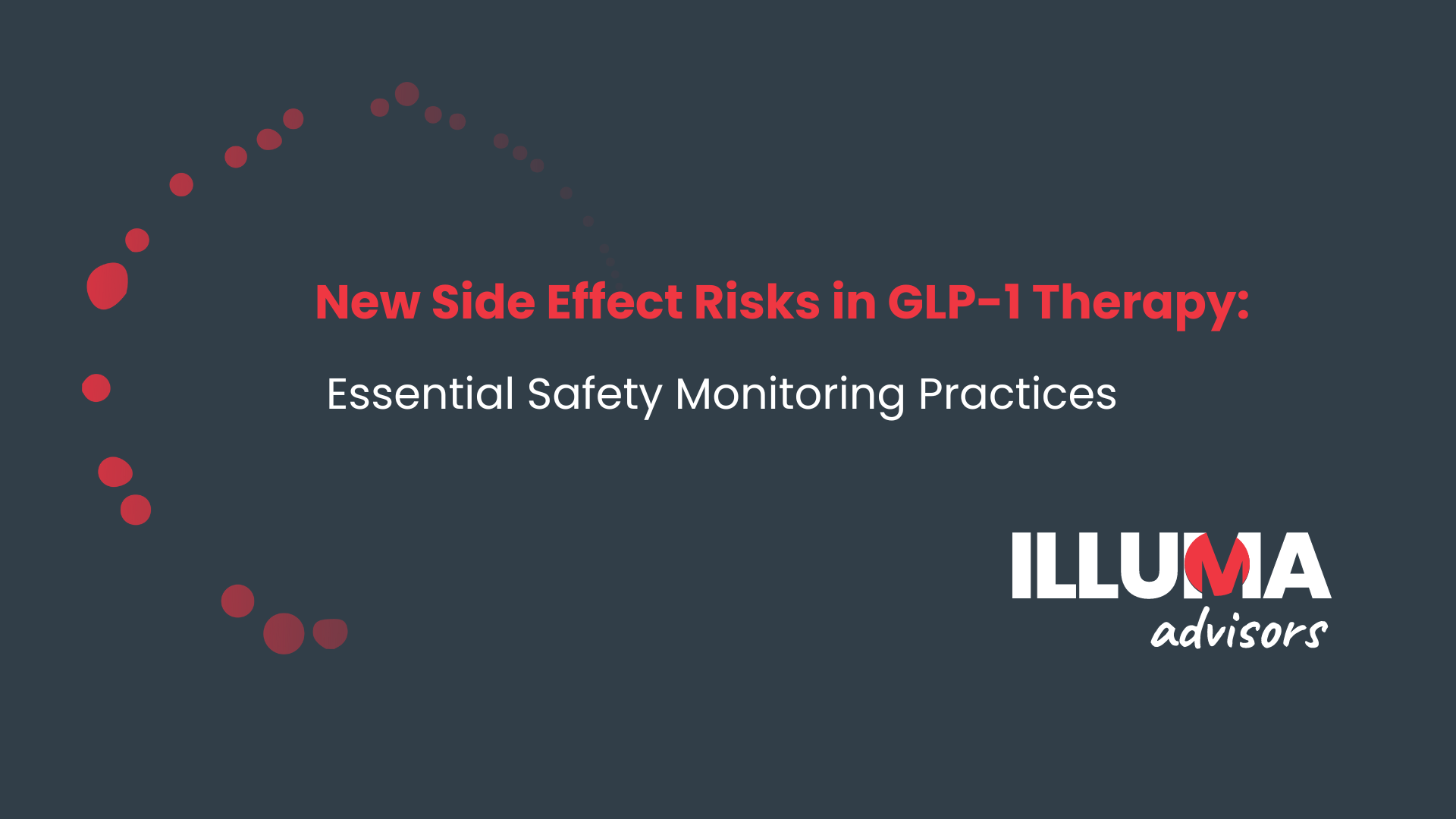
In the dynamic realm of healthcare, vigilance is essential, particularly with the management of diabetes and obesity. The emergence of new side effects associated with GLP-1 receptor agonists - critical in treating these conditions - has necessitated an immediate, well-informed response. These drugs, effective in weight loss and diabetes management, now challenge not just clinicians but also health plan administrators. This article explores the crucial role and relationship of healthcare providers and the health plans in robust clinical vigilance and patient safety, addressing these new concerns proactively.
Health plans are pivotal in ensuring patients are informed about potential side effects and facilitating access to necessary medical evaluations. This synergy between clinical care and health plan management can foster a more responsive, patient-centric healthcare ecosystem.
Recent Clinical Concerns with GLP-1 Receptor Agonists
The FDA's ongoing investigations into GLP-1 receptor agonists have raised significant concerns in the medical community. These medications, widely used for weight loss and the management of type 2 diabetes, have been linked to various potential side effects that necessitate careful monitoring and evaluation by healthcare professionals.
Suicidal Ideation and Mental Health Risks: A particularly alarming report involves 201 cases of suicide or suicidal ideation among patients taking medications containing semaglutide or tirzepatide. This raises crucial questions about the impact of these drugs on mental health. It is essential for clinicians to thoroughly assess patients' psychiatric history and to monitor for any signs of mood changes, depression, or suicidal thoughts, especially in those with a known history of mental health issues.
Hair Loss (Alopecia): There have been at least 422 reports of hair loss associated with these medications. While hair loss can be distressing for patients, it also signals the need for clinicians to discuss this potential side effect with patients and to monitor for its occurrence. Understanding the impact of this side effect on a patient’s quality of life is crucial in managing their overall treatment plan.
Aspiration Risks: Another less common but serious reported side effect is aspiration – the accidental inhalation of foreign material into the lungs. There were 18 reported cases related to the use of these drugs. This side effect can be particularly dangerous, leading to severe respiratory complications. Clinicians should be aware of this risk and advise patients accordingly, especially those with existing swallowing difficulties or neurological disorders that could increase the risk of aspiration.
Gastrointestinal Issues: Previous reports have linked GLP-1 receptor agonists to gastrointestinal complications, such as intestinal obstructions. While not directly mentioned in the recent FDA investigations, these historical concerns highlight the importance of monitoring gastrointestinal symptoms in patients using these medications.
The Importance of Clinical Vigilance in Managing GLP-1s
In light of the FDA's ongoing investigations and reports of adverse effects associated with GLP-1 receptor agonists, clinical vigilance has become more critical than ever. This section expands on why and how healthcare professionals should maintain a high level of vigilance when prescribing and managing these medications.
Proactive Monitoring for Side Effects: Given the reported cases of serious side effects like suicidal ideation, hair loss, and aspiration, it's essential for clinicians to proactively monitor patients for any signs of these adverse effects. This involves not only physical assessments but also psychological evaluations, particularly in patients with a history of mental health issues.
Early Detection and Intervention: The early detection of side effects can significantly impact patient outcomes. Clinicians should encourage patients to report any new symptoms or changes in their health immediately. This allows for timely interventions, such as adjusting the medication dosage or switching to an alternative treatment if necessary.
Personalized Patient Care: Each patient's response to medication can vary. Vigilant clinicians will consider individual patient factors such as age, comorbid conditions, and concurrent medications, tailoring the treatment plan to best suit each patient's unique needs.
Educating Patients: Part of vigilance is ensuring patients are well-informed about their treatment. This includes educating them on the potential side effects, how to recognize them, and the importance of adhering to the prescribed treatment plan.
Regular Follow-up and Communication: Establishing a regular follow-up schedule is vital for monitoring the patient's response to treatment. Open lines of communication between the patient and healthcare provider foster an environment where concerns can be addressed promptly.
Staying Informed on Emerging Data: The landscape of drug safety is continually evolving. Clinicians must stay abreast of the latest research findings, FDA updates, and clinical guidelines related to GLP-1 receptor agonists. This ongoing education ensures that patient care is based on the most current information.
Collaboration with Other Healthcare Providers: In complex cases, or when side effects arise, collaborating with specialists such as endocrinologists, psychiatrists, nutritionists, and pharmacists can be crucial in providing comprehensive care.
Reporting Adverse Effects: Clinicians play a crucial role in pharmacovigilance by reporting any adverse effects observed in patients to relevant authorities or drug monitoring systems. This data contributes to a broader understanding of the medication's safety profile.
The Role of Health Plans in Continuous Monitoring and Oversight
In the landscape of healthcare where GLP-1 receptor agonists are becoming increasingly significant, the role of health plans transcends traditional boundaries. Health plans are uniquely positioned to spearhead initiatives for continuous monitoring and oversight, ensuring not only the efficacy but also the safety of these treatments. Their involvement is pivotal in creating a healthcare system that is responsive, proactive, and patient-centric.
Enhancing Data-Driven Decision Making: Health plans have access to a wealth of data across various patient populations. By analyzing this data, they can identify trends in medication efficacy, side effects, and patient adherence. This information is crucial for informing healthcare providers about potential risk factors and for shaping policies that guide the safe use of GLP-1 receptor agonists.
Implementing Comprehensive Coverage Policies: Health plans can influence patient care by designing coverage policies that emphasize the importance of regular monitoring and follow-up appointments. By covering these essential services, they ensure that patients receive consistent and thorough care, which is especially crucial given the new side effect profiles of these medications.
Developing Patient Education Initiatives: Patient awareness is a critical component of medication safety. Health plans can develop and disseminate educational materials that inform patients about the potential risks and benefits of GLP-1 receptor agonists, signs of adverse effects to watch for, and the importance of adhering to their treatment regimen.
Facilitating Access to Multidisciplinary Care: For patients experiencing complex side effects, a multidisciplinary approach may be necessary. Health plans can facilitate access to specialists such as endocrinologists, psychiatrists, and dietitians, ensuring comprehensive management of the patient’s condition.
Supporting Pharmacovigilance Efforts: Health plans are in a position to contribute to pharmacovigilance by tracking reported side effects and collaborating with drug manufacturers and regulatory bodies. This collaboration is essential for updating drug safety information and for implementing necessary changes in treatment guidelines.
Promoting Health Equity: By analyzing data across different demographics, health plans can identify disparities in treatment outcomes and side effects. This insight allows them to implement strategies that promote health equity, ensuring that all patients have access to the most effective and safest treatment options.
Tailoring Approaches for Different Patient Populations: Different patients may respond differently to GLP-1 receptor agonists. Health plans can support research and initiatives that explore personalized medicine approaches, ensuring that each patient receives the most appropriate treatment based on their unique genetic makeup, lifestyle, and comorbidities.
The expanded role of health plans in the continuous monitoring and oversight of GLP-1 receptor agonist therapies is crucial for the advancement of patient care. By leveraging their resources and influence, health plans can ensure that these powerful medications are used safely and effectively, ultimately leading to better health outcomes and enhanced patient satisfaction. Their proactive approach in data analysis, policy formulation, patient education, and collaboration sets the foundation for a more responsive and resilient healthcare system.
Empower Your Practice with Illuma Advisors
In the ever-evolving landscape of healthcare, staying ahead with informed and dynamic strategies is key to providing exceptional patient care. At Illuma Advisors, we understand the critical importance of continuous monitoring and ongoing oversight in the clinical management of complex therapies, like GLP-1 receptor agonists.
Our dedicated team is committed to offering comprehensive support in adapting their strategies to market changes, ensuring the optimization of treatment performance, and upholding the highest standards of patient safety.
Subscribe for Exclusive Industry Insights
Subscribe for Exclusive Industry Insights
